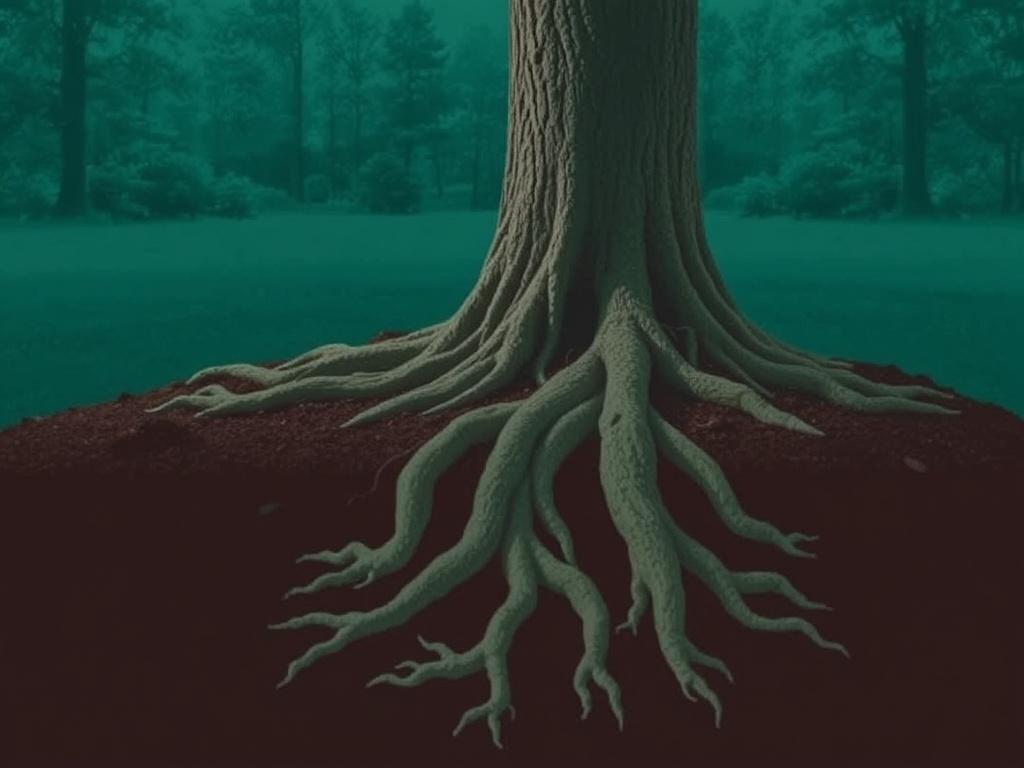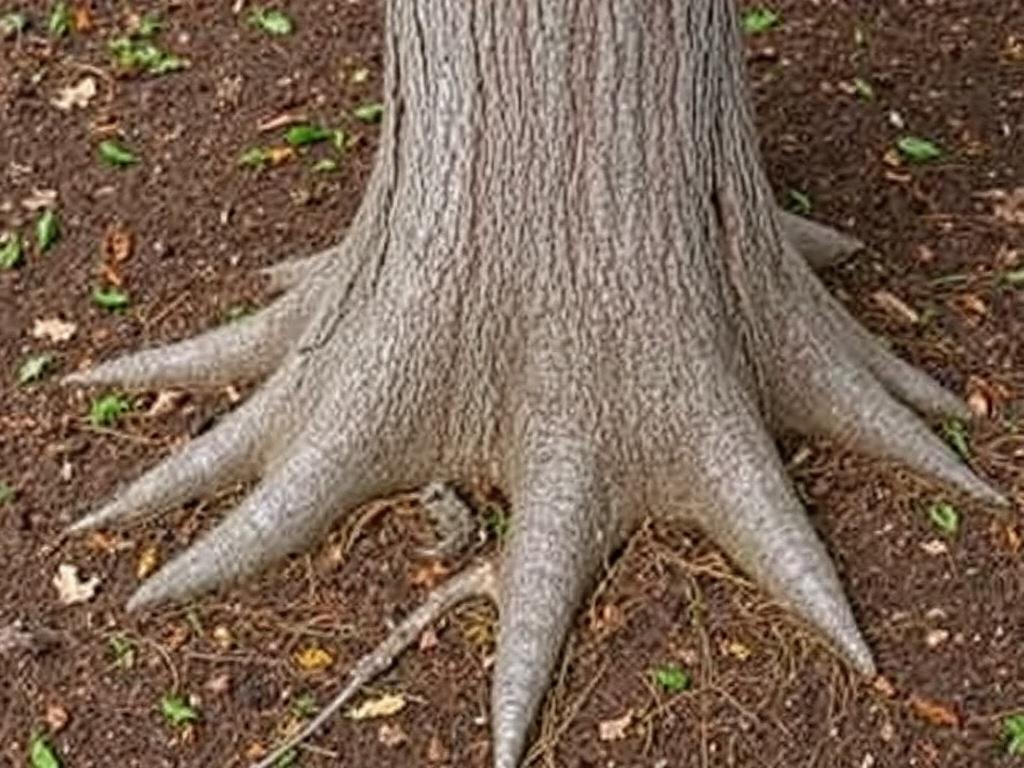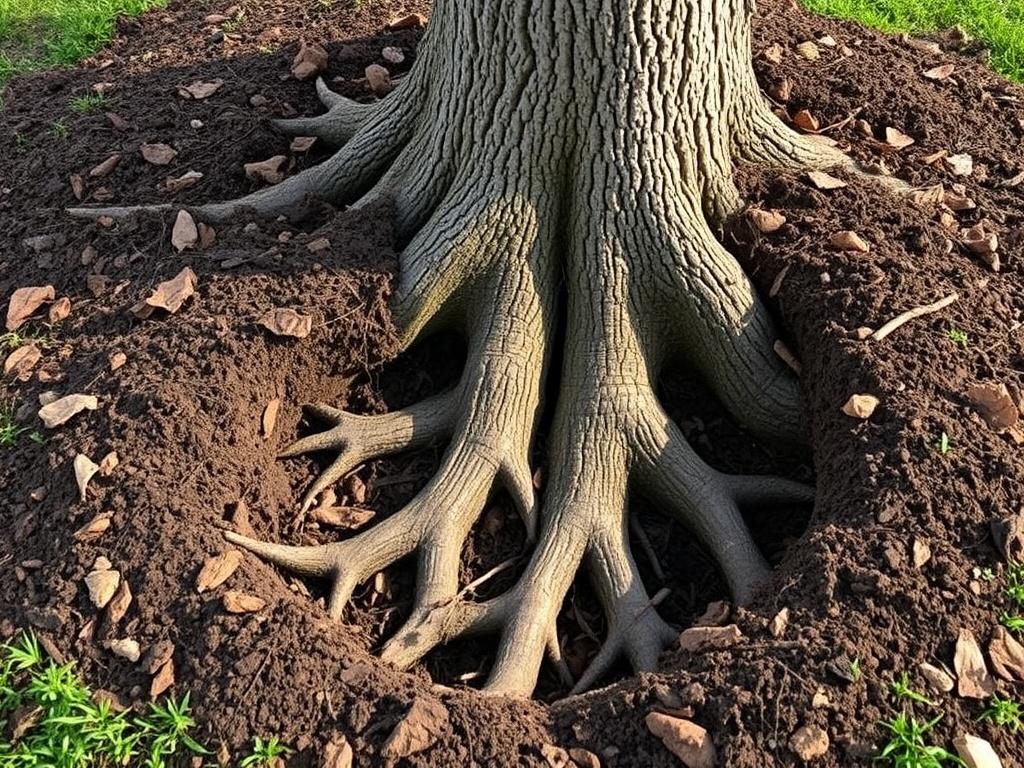A septic system is an essential part of many homes, quietly managing wastewater and keeping your property safe and sanitary. However, one common adversary that can threaten the longevity and functionality of your septic system is tree roots. These seemingly harmless roots can infiltrate and damage your septic tank and drain field, leading to costly repairs and unpleasant headaches down the line. Understanding how to protect your septic system from tree roots is crucial if you want to maintain your system’s health and avoid unexpected plumbing disasters.
In this comprehensive guide, we will explore why tree roots pose a problem to septic systems, how to identify the signs of root intrusion, and most importantly, the best practical steps and preventive measures you can take to defend your septic system from these invasive roots. We will also delve into the types of trees to avoid planting near your septic system and how professional help can make all the difference. By the end of this article, you will have gained a thorough knowledge of how to protect your septic system from tree roots and keep everything running smoothly for years to come.
- Understanding the Threat: Why Tree Roots Are a Problem for Septic Systems
- The Lifecycle of Root Intrusion Into Septic Systems
- Common Signs Your Septic System May Be Under Attack by Tree Roots
- Choosing the Right Trees and Plants Near Your Septic System
- Which Trees to Avoid Planting Near Your Septic System
- Recommended Plants and Trees for Near Septic Systems
- Practical Steps to Protect Your Septic System from Tree Roots
- 1. Know Your Septic System Layout
- 2. Regular Septic Inspections and Pumping
- 3. Use Root Barriers
- 4. Chemical Root Control Treatments
- 5. Promptly Repair Leaks and Damage
- When to Call Professionals for Root Problems in Your Septic System
- Services a Professional Can Offer Include:
- Summary Table: Steps to Protect Your Septic System from Tree Roots
- Conclusion
Understanding the Threat: Why Tree Roots Are a Problem for Septic Systems
Trees are beautiful and beneficial parts of our environment, offering shade, beauty, and even increasing property values. Nevertheless, they have one glaring downside when planted too close to a septic system: their roots are naturally drawn to sources of water and nutrients. A septic system, full of organic waste and moisture, is essentially a tree root magnet. Roots will seek out this environment, infiltrate pipes, tanks, and drain fields, and cause blockages, breakages, or root entanglement.
When roots penetrate the septic tank, they can clog the inlet and outlet pipes, disrupt the settling of solids, and damage the tank walls. The drain field is particularly vulnerable because clogged pipes prevent the proper dispersal of wastewater, leading to pooling, bad smells, and system failure. In some cases, root intrusion can even cause wastewater to back up into your home, creating hazardous and unsanitary conditions.
The Lifecycle of Root Intrusion Into Septic Systems
The process starts often slowly and may go unnoticed until the damage is extensive. Roots sense moisture and grow in that direction, exploiting small cracks or joints in the pipes. Once inside, roots can grow rapidly within the pipe, expanding over time and creating blockages. Because septic systems are underground, the signs of trouble may only show up as foul odors, soggy patches in the yard, or slow drains. Catching root intrusion early is essential because repairs become more difficult and expensive as the problem worsens.
Common Signs Your Septic System May Be Under Attack by Tree Roots

Recognizing the signs of root intrusion early helps prevent costly repairs and major damage. Here are several common symptoms to watch for if you suspect your septic system is being compromised by tree roots.
- Slow Drains and Backups: Toilets, sinks, or showers draining slowly or backing up can indicate a blockage caused by roots infiltrating pipes.
- Unpleasant Odors: Foul smells in your yard or near the septic tank could result from wastewater leaking due to root damage.
- Wet or Spongy Ground: Patches of damp or unusually soft ground above your drain field may indicate leakage caused by blocked or broken pipes.
- Green, Lush Patches of Grass: While healthy grass is generally good, unusually green or thick areas over the drain field could signify leaking wastewater nourishing the grass.
- Pooling Water: Standing water near your septic system when there hasn’t been any heavy rain suggests possible system failure due to blocked pipes or tanks.
If you detect any of these warning signs, it is advised to have your septic system inspected by professionals as soon as possible.
Choosing the Right Trees and Plants Near Your Septic System

One of the most effective ways to protect your septic system from root damage is thoughtful landscaping. Some trees and shrubs have aggressive root systems that easily infiltrate pipelines, while others are more benign and less likely to cause problems.
Which Trees to Avoid Planting Near Your Septic System
Trees with invasive, strong, or far-reaching roots should never be planted near your septic tank or drain field. Here’s a handy table that highlights common tree species and their root behaviors around septic systems:
| Tree Species | Root Behavior | Distance to Avoid Planting From Septic System |
|---|---|---|
| Willow | Highly invasive roots, aggressive growth | At least 50 feet |
| Silver Maple | Fast growing, invasive roots | 50 feet or more |
| Poplar | Strong, invasive roots | 40-50 feet |
| American Elm | Wide-spreading roots | 40 feet |
| Sweetgum | Extensive root systems | 30-40 feet |
Avoid planting these and other aggressive species near your septic system. Remember, the closer a tree is to your septic components, the higher the risk of root intrusion.
Recommended Plants and Trees for Near Septic Systems
Conversely, smaller shrubs, ornamental grasses, and slow-growing trees with non-invasive roots are safer bets. These species provide greenery without threatening your septic lines:
- Dogwood – Compact root system and beautiful blossoms
- Redbud – Small, slow-growing tree with limited roots
- Juniper – Hardy shrub with shallow roots
- Crape Myrtle – Attractive and non-invasive roots
- Ornamental Grasses – Low root impact and excellent for covering drain fields
Planting these species at least 10-20 feet away from your septic system can help preserve its integrity and provide a lovely landscape.
Practical Steps to Protect Your Septic System from Tree Roots
Protecting your septic system from root invasion requires a combination of proper planning, regular maintenance, and proactive measures. Here are some actionable tips every homeowner should know:
1. Know Your Septic System Layout
Before planting or landscaping near your septic tank or drain field, have your system professionally located. Knowing the exact placement of tanks and pipes is crucial for avoiding root problems. Avoid planting any trees within at least 20 feet of the drain field and 10 feet of the tank.
2. Regular Septic Inspections and Pumping
A well-maintained septic system is more resistant to root intrusion. Schedule regular inspections at least every 1-3 years and pump your septic tank every 3-5 years or as recommended by a professional. Clean, properly functioning systems are less attractive to roots.
3. Use Root Barriers
Installing root barriers is a preventive solution that physically blocks root growth near your septic system. These barriers can be made from plastic, metal, or fabric and are buried vertically in the soil to prevent roots from reaching pipes and tanks. A professional landscaper or septic service can assist in installing effective root barriers.
4. Chemical Root Control Treatments
Some products can be applied inside septic pipes or the drain field to kill or inhibit root growth without harming your system. Chemical root control is best used as a maintenance tool or to treat early-stage root invasion but should be done with professional advice to avoid damaging the environment or your septic system.
5. Promptly Repair Leaks and Damage
Leaks or cracks in pipes and tanks attract roots to the moisture and nutrients. Periodically check for cracks or leaks and repair any damage immediately to reduce root interest. A proactive approach reduces long-term risks.
When to Call Professionals for Root Problems in Your Septic System
Despite your best efforts, there may come a time when root invasion requires the expertise of septic professionals. If you notice persistent slow drains, foul smells, or pooling water, it’s time to call in septic repair specialists.
Services a Professional Can Offer Include:
- Root removal using specialized cutting tools or water jetting
- Pipe repairs or replacement
- Installation of root barriers
- Chemical root treatments safely applied
- Complete system evaluation and maintenance planning
Addressing root problems early prevents septic failure, protects your home, and saves you money over time. Professionals have the knowledge and equipment necessary to diagnose and treat root-related issues effectively.
Summary Table: Steps to Protect Your Septic System from Tree Roots
| Step | Description | Recommended Frequency or Timing |
|---|---|---|
| Locate Septic System | Have your system professionally mapped before planting trees | Once, before landscaping |
| Choose Appropriate Plants | Plant non-invasive trees/shrubs at safe distances | When landscaping |
| Regular Inspections | Check system functionality and signs of root intrusion | Every 1-3 years |
| Septic Pumping | Remove solids to maintain system health | Every 3-5 years |
| Root Barrier Installation | Physically block roots from septic components | As a preventive measure |
| Chemical Treatments | Apply root control products inside pipes | As needed or recommended |
| Professional Repairs | Fix leaks, replace pipes, and remove roots | When signs of trouble appear |
Conclusion

Protecting your septic system from tree roots may seem like a daunting task, but with the right knowledge and proactive care, it is entirely manageable. By understanding how roots infiltrate septic systems, recognizing warning signs, choosing suitable plants, and implementing regular maintenance strategies, you can safeguard your system against root damage. Always plan your landscaping with the septic layout in mind, avoid aggressive tree species, and do not hesitate to enlist professional help when issues arise. With these steps, you’ll not only protect your septic system but also preserve the beauty and value of your property for years to come. Remember, a little foresight and routine care go a long way in avoiding expensive septic repairs caused by invasive tree roots.
Помогла вам статья?






